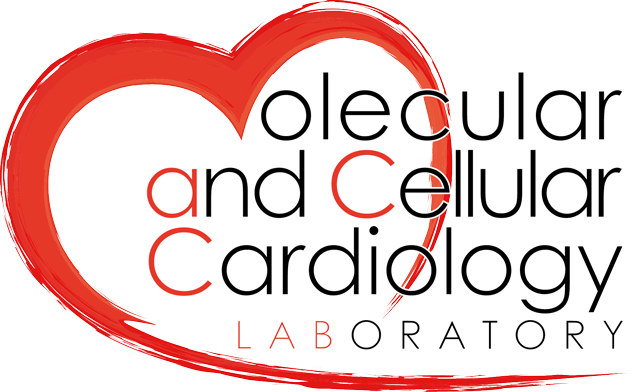Molecular basis of functional myogenic specification of Bona Fide multipotent adult cardiac stem cells
Optimizing cardiac repair and regeneration through activation of the endogenous cardiac stem cell compartment
Given the aging of the Western World and declining death rates due to acute coronary syndromes, the increasing trends in the magnitude and morbidity of heart failure (HF) are predicted to continue for the foreseeable future. It is imperative to develop effective therapies for the amelioration and prevention of HF. The search for the best cell type to be used in clinical protocols of cardiac regeneration is still on. That the adult mammalian heart harbors endogenous, multipotent cardiac stem/progenitor cells (eCSCs) and that cardiomyocytes are replaced throughout adulthood represent a paradigm shift in cardiovascular biology. The presence of eCSCs supports the view that the heart can repair itself if the eCSCs can be properly stimulated. Pending a better understanding of eCSC biology, it should be possible to replace autologous cell transplantation-based myocardial regeneration protocols with an “off-the-shelf,” readily available, and effective regenerative/reparative therapy based on activation of the eCSCs in situ.
From: Nadal-Ginard B. et al., Stem Cell Research, 2014; 13(3,B):615-30.

